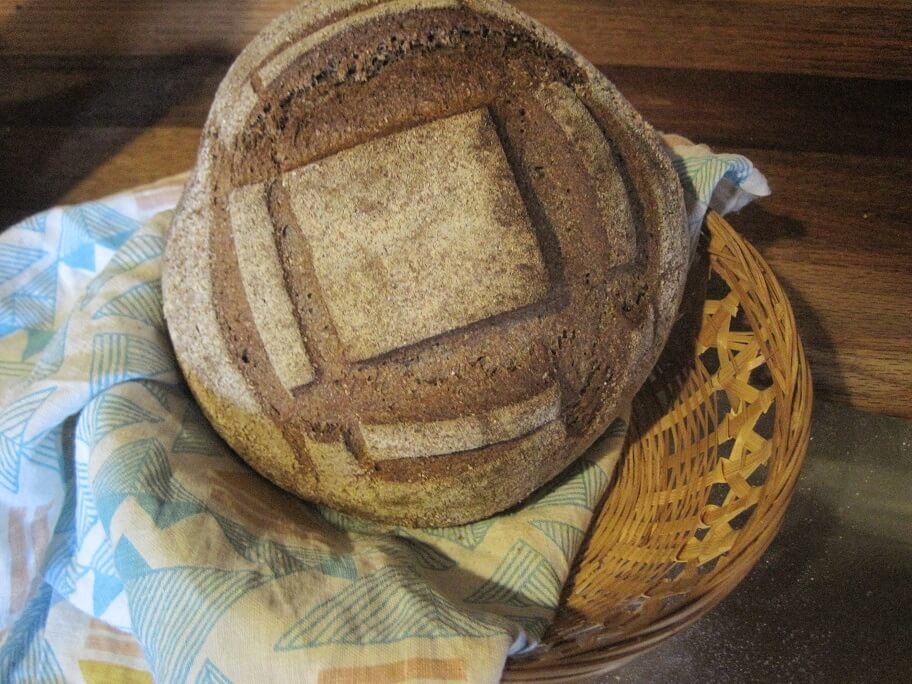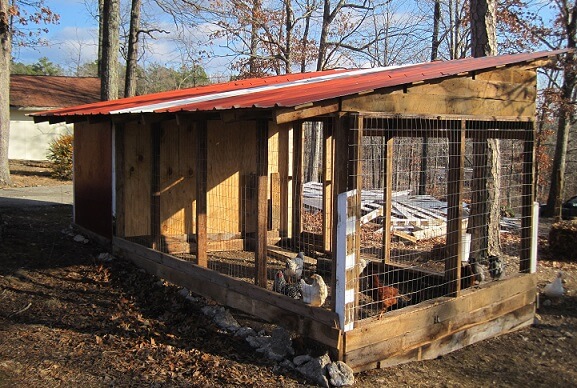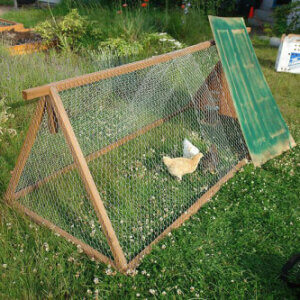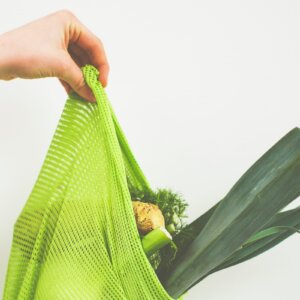It’s no secret that modern living is a bit of a morass of consumerism, waste, and debt. In a world where the latest smartphone debuts less than a year after its previous iteration, where the Joneses are always one step ahead of you, and where mountains of plastic are clogging up waterways and oceans, the idea of frugal living seems like a delightful antidote to the mess.
Though it’s a trendy topic now, frugality has always been around. It’s close to the beating heart of homesteading, with resourcefulness and toughness flowing through its veins. Learning how to live with less (and love it) is certainly a discipline, but it is one that has a lifetime of rewards waiting along its uphill trek.
What Really Is Frugal Living?
People may associate frugal living with a life of sad asceticism and deprivation—tight-fisted penny-pinchers, rabidly clipping coupons and eating meager bowls of rice and beans instead of enjoying a fun night out like a “normal” person. Dig a little deeper than the stereotype portrayed by shows like “Extreme Cheapskates,” however, and you’ll find that frugal living is a lot more complex and layered.
As someone trying to live as frugally as possible, I contend that frugal living is better described as a lifestyle that doesn’t require money for enjoyment and fulfillment. Though careful and thoughtful management of finances is a huge element of the lifestyle, there’s far more to it than just dollars and cents.
Frugal living looks like the couple who enjoys cooking all their meals from scratch instead of feeling like they need to buy a restaurant meal. Frugal living looks like the parents who delight—not settle for—dressing their child in hand-me-downs and finding awesome toys at garage sales.
Frugal living looks like the girl waltzing down the street in her unique $2 thrift store outfit or like the guy spending an evening hiking through the forest, rather than relying on a movie to entertain him. Do you notice a trend? Not only are all these folks more self-reliant, using up far fewer resources and producing less waste…they’re content doing it. This is the key to frugal living, and it’s not a trick that you’ll find in a “Top 100 Frugal Life Hacks” list.
How Do I Get Started With Frugal Living?
So before I describe the physical elements of how to start up with frugal living, we need to cover the most important mental step. And that, dear Neo, is to get out of the Matrix and change your mindset. Corporations spend billions of dollars and millions of hours to glitzily convince you to spend money to make your life better.
Every commercial is tailored to show you just how much you deserve to have this latest thing and how much happier, healthier, more slim-waisted, and minty-breathed you’ll be after your purchase. At least, until the next iteration comes out. Then you’ll need to get the new and improved and updated version to be truly happy.
Step 1: Identify Why You Want To Be Frugal
Step one of becoming frugal is to figure out why you want to declare your independence from the get-more-stuff hamster wheel.
- Do you want to get out of debt?
- Reduce your impact on the environment?
- Achieve a goal—such as buying your homestead acreage—that requires you to save some serious money?
- Are you sick of depending on expensive services to feed, dress, and entertain you?
- All the above?
Whatever that goal is, it’s your ticket to frugal living, and you need to hold it close to get through the next step.
Related Post: How to Pay Off Debt by Thinking Like a Homesteader: 20 Practical Ideas to Try
Step 2: Make Changes
The next step is to make changes (see the lists below!) and then get through the withdrawal process. This can take anywhere from a month to a year, depending on your lifestyle, what you give up, and the support you get.
It’s easy to indulge in self-pitying thoughts when you start giving up the luxuries that once felt like necessities. Hang in there! Remember the goals that got you started in the first place and push through it to the much better on the other side.
As frugality becomes more second nature, you’ll see the world differently. You’ll realize that your 1-year-old isn’t going to be traumatized if you don’t throw a themed birthday bash for 50. Your handmade gifts may bless the receiver in a personal way that no gift card could.
When you pick up an item at the store, you may find yourself instinctively asking the questions, “Can I make this? Do I really need it? Does this purchase help me reach the goal?” Buyer’s remorse will be a forgotten memory. And, just maybe, a new sort of contentment will start seeping into your days.
Tips For Frugal Living
Lists of frugal living tips online cover a vast spectrum, from simple admonitions to forgo your daily coffeehouse trip to drastic pleas to move off-grid. Trying to figure out what tips to apply to your life can feel like an imposing, impossible-to-finish checklist.
I prefer to think of frugality as a journey: start changing your mindset, make lifestyle changes, and then keep progressing. Here are some ideas for everyone from the frugal-living newbie to the serious homesteader. We are going to start with some basic, beginner frugal tips and work our way up to the more life-changing ones!
Track Your Expenses
Take a full month and document every expense you encounter. This is a humbling, yet great way to find out where any unnecessary spending may be hiding and will give you the chance to start intentionally guiding your money instead.
See it this way: If you discover that you’re spending $100 a month on that daily latte, that adds up to an extra $1,200 a year that could have gone towards your student loans.
Cook Your Own Food
Learning how to use basic, whole ingredients to make satisfying meals is a skill that you can spend your life perfecting and enjoying.

If you’ve never really done it before, try employing a whiteboard to help you plan meals (and the associated grocery run) for the week—it really helps me! Take a look at this list of frugal meal ideas to get the ball rolling!
Thrift For Your Clothing
Get over the stigma, and you’ll soon realize that most thrift-store clothing is new or hardly used. I’ll often find items with the tags still attached.
Fix It Yourself
If you don’t know how to fix things, Google and Youtube get you started on learning how to solve nearly any technical problem. Don’t rewire your house on the first try, of course, but you’d be surprised how easy some fixes are.
Comparison Shop
When we shop online, we check at least three different websites for an item’s price. Never just buy the first listing you see without doing a bit of research. And if you find a cheaper price for the same item somewhere else, many stores will price match.
Go Into The Store With A Plan
Write it down if you need to and stick to it. No impulse buying.
Buy In Bulk
Once you get your cooking skills down, you will start knowing what items you use the most. Buying in bulk often offers huge savings!
We order a lot of our staples through Azure—we can buy a 50-pound bag of organic flour (glyphosate free!) for FAR cheaper than anywhere else.
Stop Buying Clothes For A Year
This blogger did it, and so can you.
Make Your Own Entertainment
Unplug your devices, cancel your video streaming services, and start filling your chill-after-work time with something that doesn’t suck money from your wallet. Learn new skills, make something beautiful, or host a game night! Also, borrow movies and TV shows from your local library—it’s free.
Sleep On Every Purchase Or Don’t Purchase
Start making purchases after you’ve slept on it. Not only does this give you time to research prices and consider the cost of the item, it seriously cuts down on impulse buys!
Save Seeds/Grow Your Own Food/Forage
Once you get the infrastructure set up for a garden or a chicken coop, maintaining your own source of food can become a cheap and delightful part of every day.

And foraging can add a whole new dimension of totally free food to your diet. In our house, we eat free wild food almost every day!
Make It Yourself
Take your DIY skills to the ultimate level. Every time you find you need something (a chair, nesting box, new skirt), try to make it yourself out of things you have or can find. You’ll get more skilled every time. For inspiration check out the Foxfire series of books, stories, diagrams, and instructions from homesteaders and farmers who have been resourcefully making what they needed and wanted from things that they had.
Quit Your Job And Become A Homesteader
It can be hard to be frugal when work requires a nice-looking suit, when you need to drive an hour to get there, and when you get home far too late to cook that scratch meal.
If you’re serious about being frugal, it may require a total lifestyle and location overhaul. And maybe that’s not such a bad thing!
Conclusion
As I sit here typing this, I’m sitting outside near the chicken coop that my husband built out of wood salvaged from the barn. I’m wearing thrifted clothes that I tailored myself, and I feel so much more comfortable than when I was trying (and failing!) to be fashionable for my job in the city.
The clothesline is full, the garden is lush with growing squash, and there are acres of wild greens and berries waiting to be foraged.
Tonight, after dinner is all cleaned up, my husband and I will sip some homemade chai on the front porch, watching the storms roll in. It took a long time for me to adjust to this lifestyle, but now, frugal living isn’t something we even think about anymore—it’s just become our normal life, and we truly love it.
…And frankly, rice and beans are delicious, especially when topped with homemade spicy cheese sauce or turned into a decadent daal. I don’t know why they get such a bad rap.










































Leave a Reply